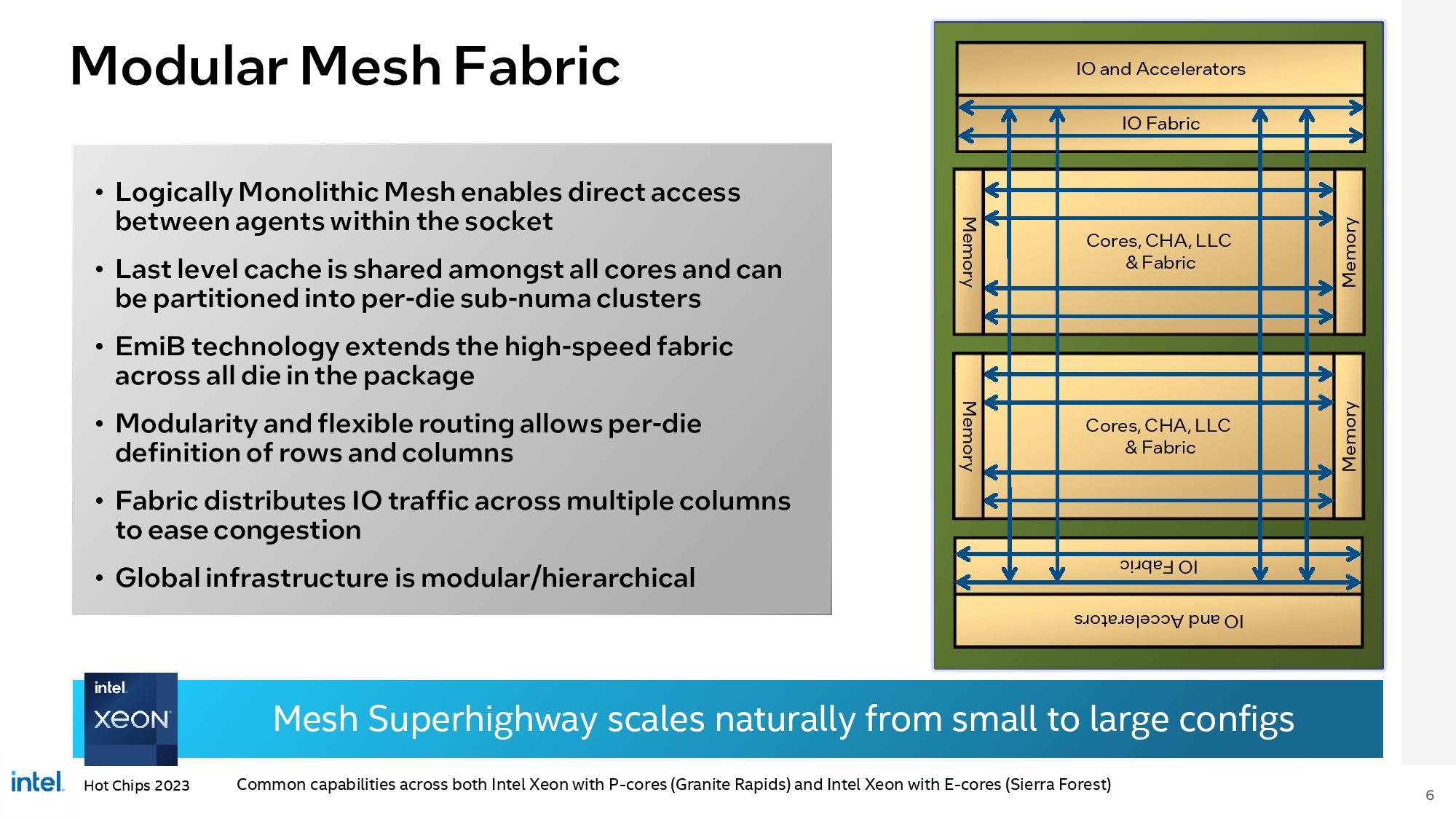Phoronix: Intel Talks Up 2024 Xeon Sierra Forest & Granite Rapids At HotChips
For HotChips 2023, Intel has made some new disclosures around Granite Rapids and Sierra Forest.
For HotChips 2023, Intel has made some new disclosures around Granite Rapids and Sierra Forest.




Comment